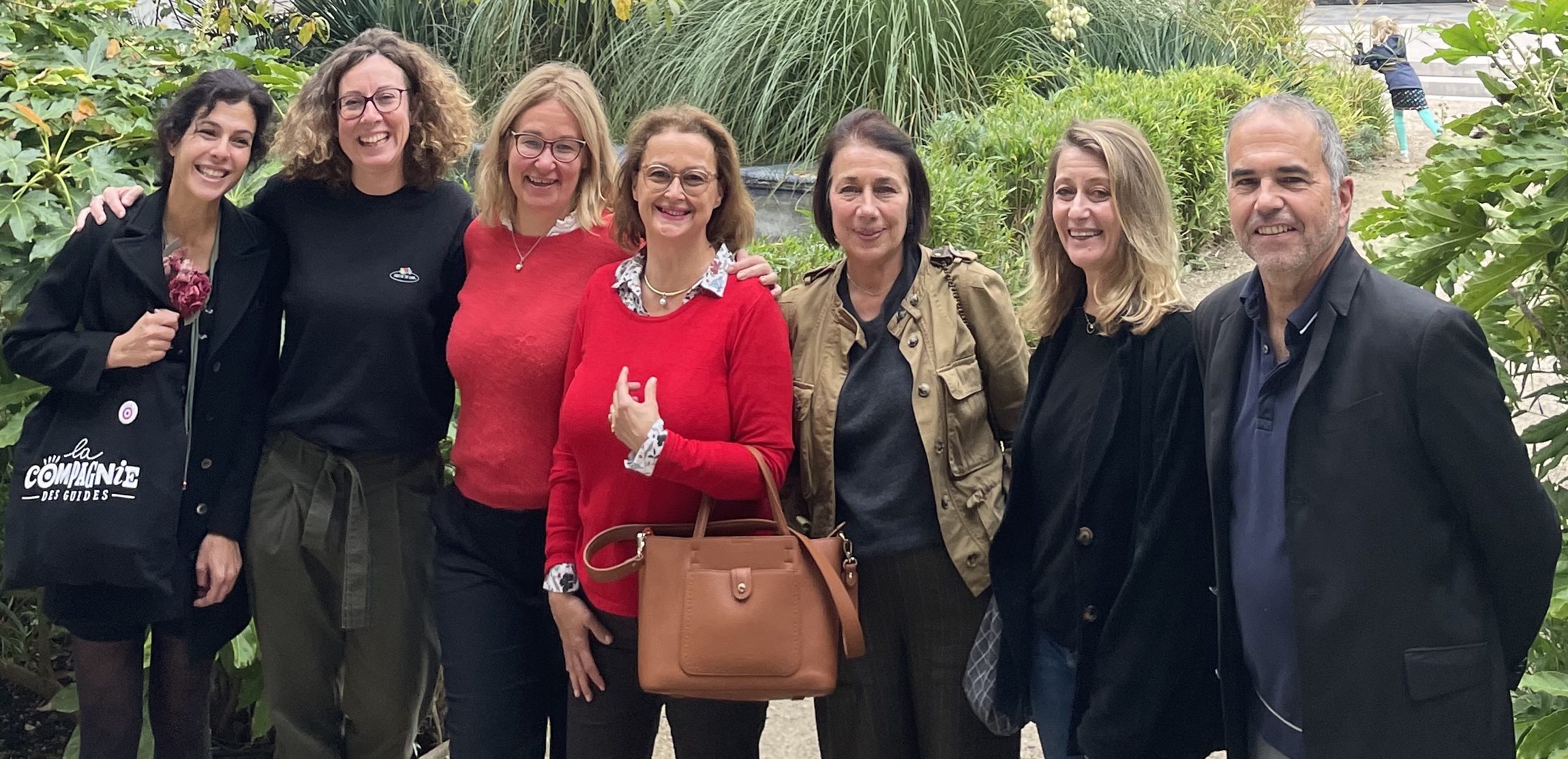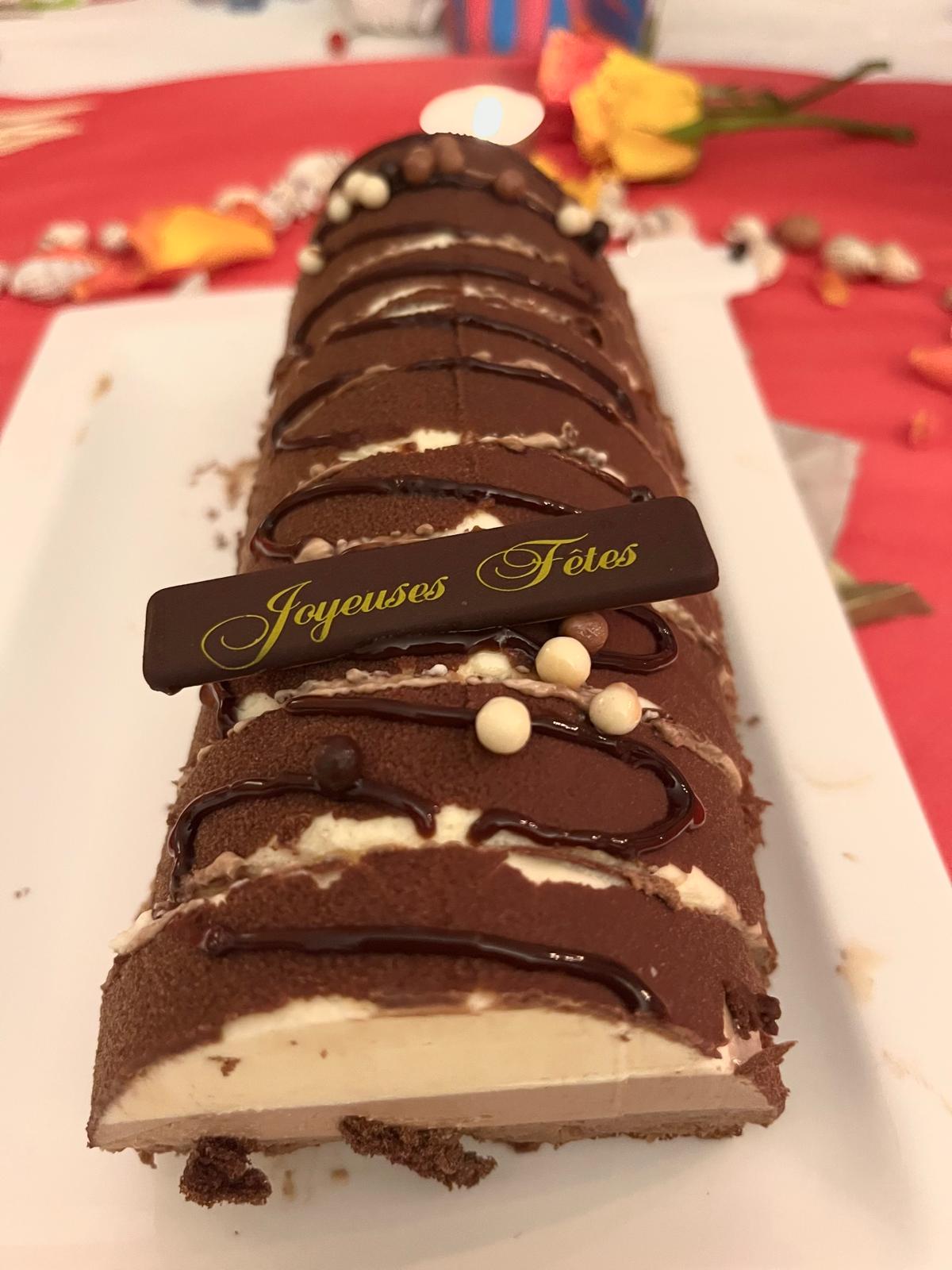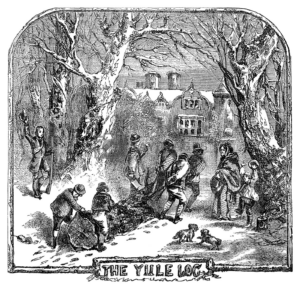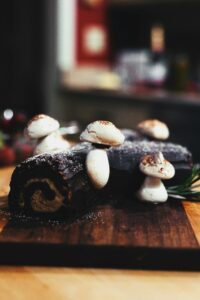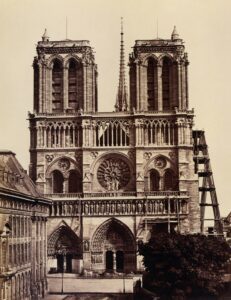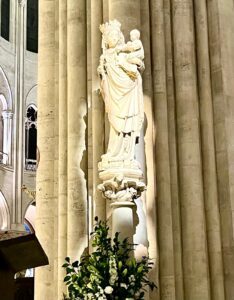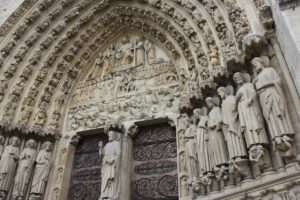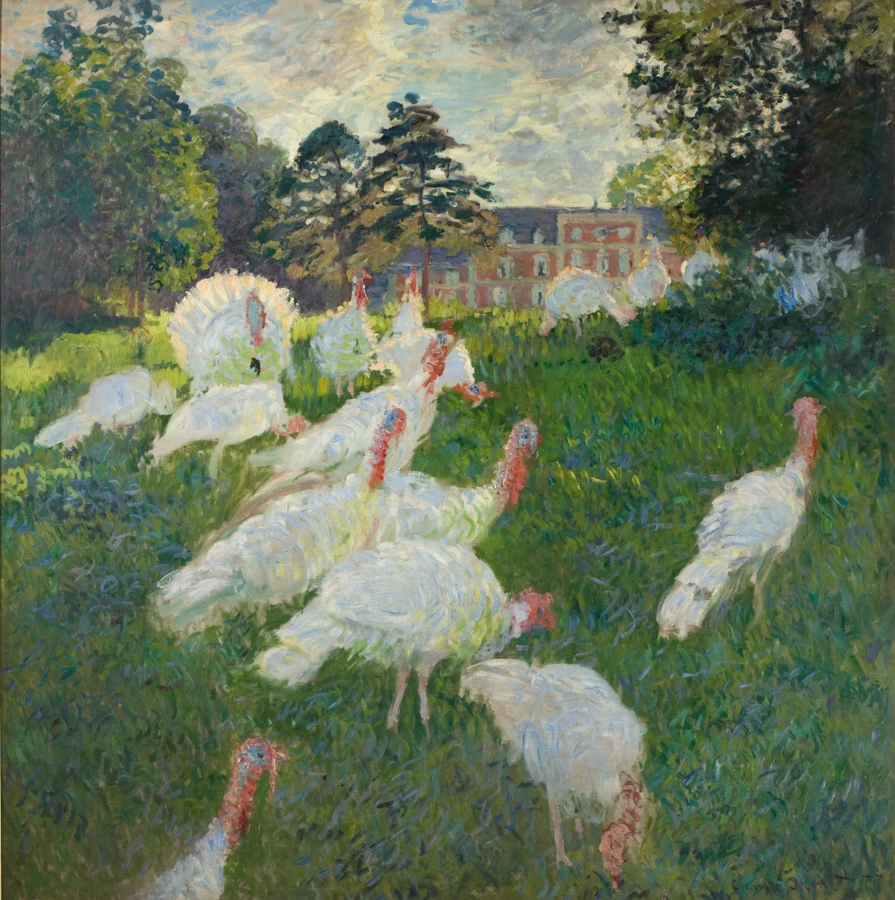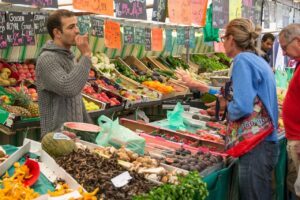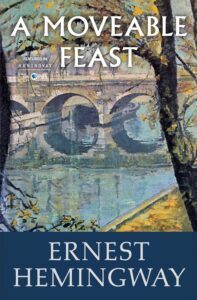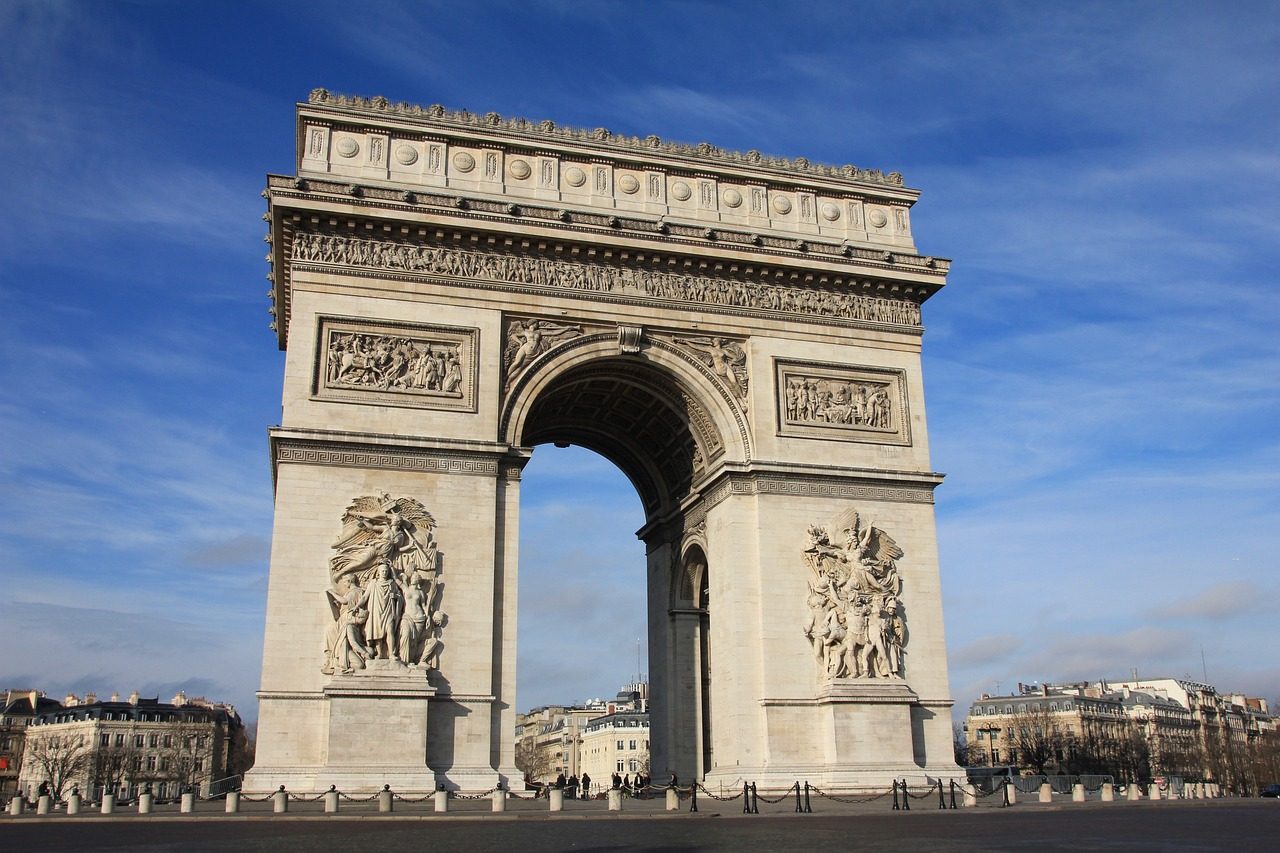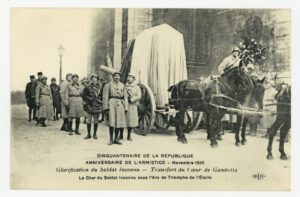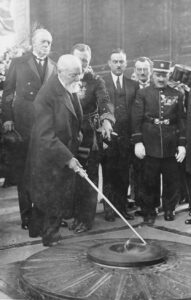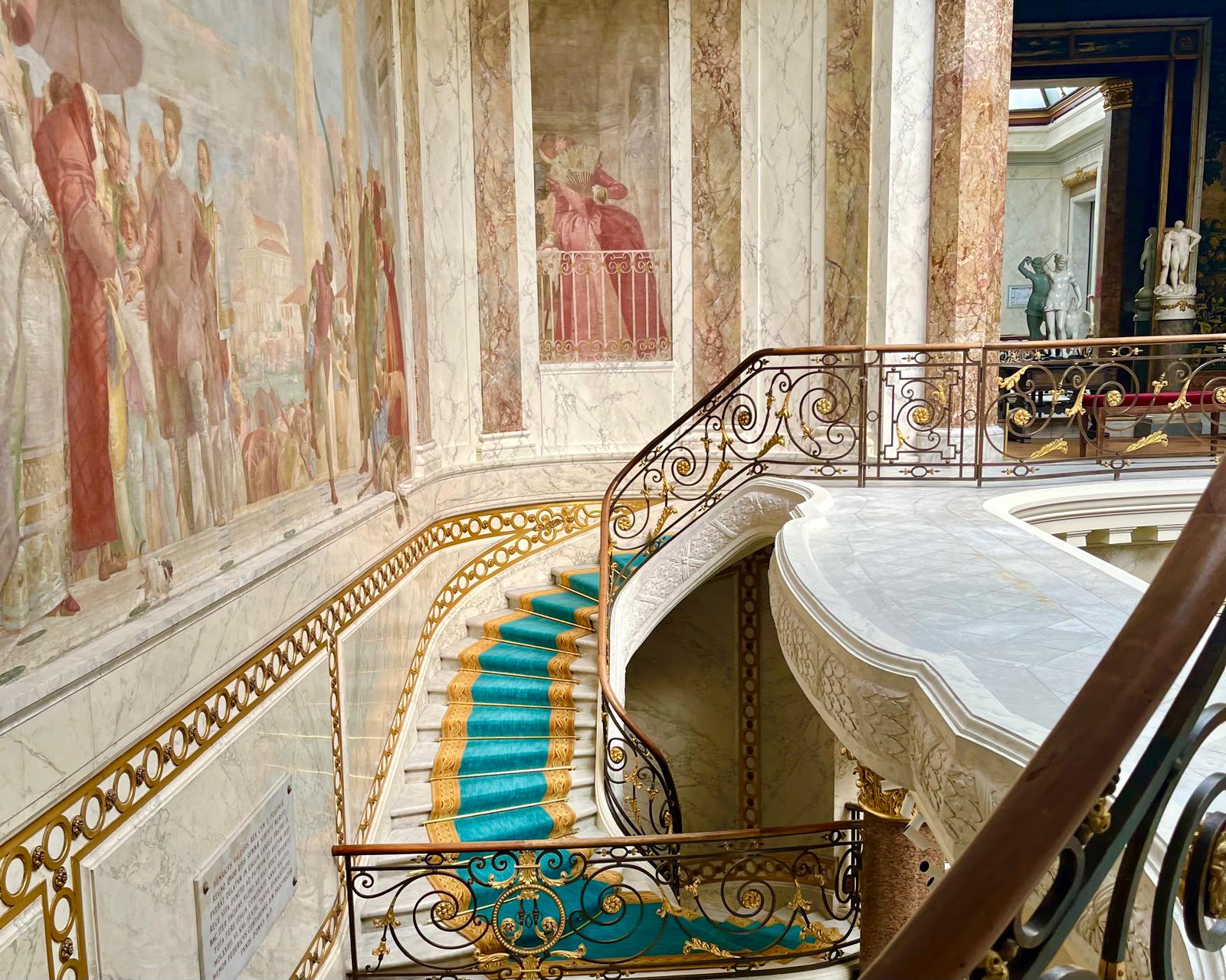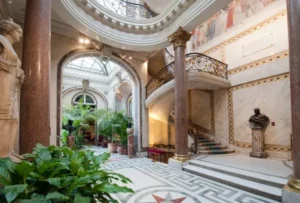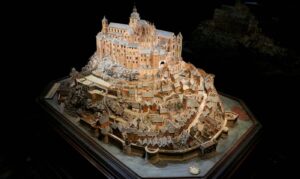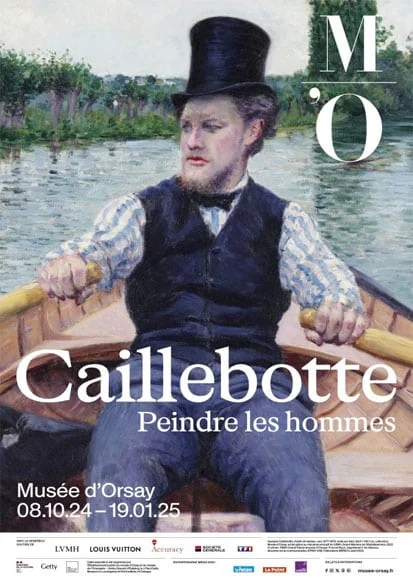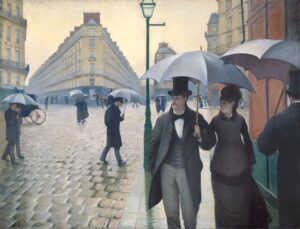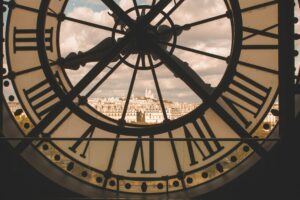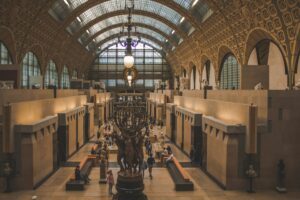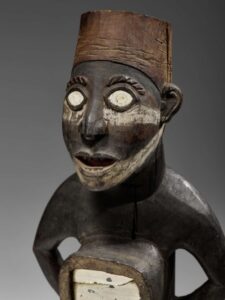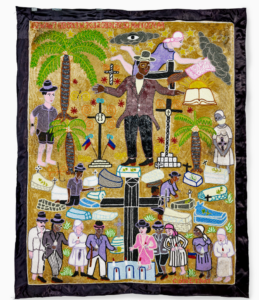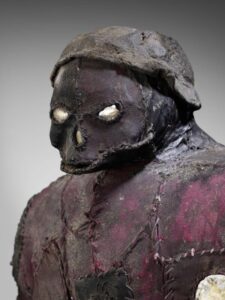As the new year approaches, Paris is set to dazzle visitors with a vibrant array of events and celebrations throughout 2025. From time-honored traditions to innovative experiences, the City of Light offers something for every traveler. To enhance your Parisian adventure, La Compagnie des Guides—a team of licensed tour guides—presents exclusive tours tailored to each season.
Winter Wonders: January to March Events 2025

January Highlights
- January 1: New Year’s Day
Begin the year by exploring Paris’s festive side. While many venues close, the city’s enchanting Christmas markets, parks, and elaborate holiday window displays remain open, offering a delightful start to 2025. - January 12: Traversée de Paris – Vintage Car Parade
Car enthusiasts will revel in over 700 vintage vehicles parading through Paris, starting from Château de Vincennes. - January 16: Maison & Objet Trade Show
Since 1994, this international trade show has been a cornerstone for home decor, design, and lifestyle trends. While primarily for industry professionals, its influence permeates global design aesthetics. - January 23: Nuits de la Lecture (Reading Nights)
Literature lovers can indulge in workshops, readings, and performances at libraries, bookstores, schools, and cultural centers across Paris, celebrating the written word in all its forms. - January 29: Chinese New Year Celebrations Begin
Welcome the Year of the Wood Snake with vibrant parades, dances, and concerts in neighborhoods like the 13th arrondissement.
February Festivities

- February 2: Chandeleur – Celebrate with Crêpes
Enjoy crêpes at Montparnasse’s famous crêperies, celebrating this sweet tradition. - February 7–11: Rétromobile Paris 2025
Discover vintage cars and rare automotive treasures at this renowned exhibition, a must-visit for car lovers. - February 12–16: Art Capital Paris 2025
Held at the Grand Palais, this major art fair showcases works from hundreds of contemporary artists across various disciplines. - February 22–March 2: Salon de l’Agriculture
Meet farmers, livestock, and food producers at this family-friendly event showcasing French agriculture.
March Must-See Events
- March 4: Mardi Gras
Celebrate with traditional beignets, waffles, and crêpes, alongside lively parades throughout the city. - March 15: Carnaval de Paris 2025
Don’t miss this colorful parade of costumes, music, and dance through the streets of Paris. - March 20–23: Paris Manga & Sci-Fi Show
Pop culture fans will love this convention filled with panels, exhibitions, and merchandise.
Spring Splendors: April to June Events 2025
April Highlights
- April 11–13: Festival du Livre de Paris
Discover workshops, book signings, and readings at this literary event at the Grand Palais. - April 13: Marathon de Paris 2025
Join 60,000 runners for the Paris Marathon, one of the world’s most iconic races, offering a unique way to see the city. - Easter Weekend
Enjoy delightful egg hunts in Paris’s picturesque parks and gardens.
May Magic
- May 3: La Nuit des Musées Paris 2025
Explore Paris’s museums for free after dark, experiencing culture in a unique way. - May 22–June 9: Roland Garros 2025
Tennis fans can witness the excitement of this Grand Slam tournament.
June Joys
- June 21: Fête de la Musique Paris 2025
Celebrate the summer solstice with free live music across the city.
Summer Highlights: July to August Events 2025

July Festivities
- July 14: Bastille Day
Experience fireworks and patriotic parades celebrating France’s National Day.
August Escapes
- August 23–25: Rock en Seine 2025
Close the summer with this iconic rock festival at Domaine National de Saint-Cloud.
Autumn Adventures: September to November 2025
September Celebrations

- Jazz à la Villette (Early September)
Kick off the season with soulful sounds at Jazz à la Villette. This festival blends jazz, funk, and soul at Parc de la Villette, making it a favorite for music enthusiasts worldwide. - Paris Design Week (Second Week of September)
Immerse yourself in creativity during Paris Design Week. Discover cutting-edge design trends, attend talks, and connect with global innovators. - European Heritage Days (Mid-September)
Explore hidden gems like the Élysée Palace during this weekend of open doors. - International Dollhouse Show (Late September)
For something unique, visit the Salon International de la Maison de Poupée. Collectors and enthusiasts will marvel at intricate miniatures and vintage dollhouses.
October Events

- Fête des Vendanges de Montmartre (October 5–13)
Celebrate the wine harvest with tastings and live music in Montmartre. - Paris Games Week (October 15–20)
Gamers rejoice! Experience the latest in gaming technology, hands-on demos, and interactive exhibits at this dynamic expo. - Carnaval Tropical de Paris (October 20)
Add color to your autumn with vibrant costumes, rhythmic music, and energetic dancing during this lively celebration. - Paris+ par Art Basel (October 22–26)
Art lovers, don’t miss this prestigious contemporary art fair. Explore innovative works from leading artists and galleries. - Halloween Cemetery Tour (October 31)
Join La Compagnie des Guides for a spooky evening exploring Père Lachaise’s haunting history or a stroll through the streets of Montmartre.
November Highlights

- Beaujolais Nouveau Celebrations (Third Thursday of November)
Savor the season’s new vintage paired with French delicacies.
Winter Magic: December Events 2025
December Delights
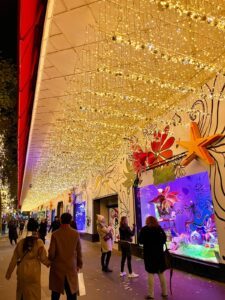
- Christmas Markets (Throughout December)
Wander through festive markets like those at Champs-Élysées and La Défense. - Salon du Cheval de Paris (December 6–8)
At this equestrian showcase, horse lovers can enjoy top-level jumping competitions and the World Arabian Horse Championships. - Noël – Christmas Day (December 25)
Admire holiday lights and festive window displays across Paris. - New Year’s Eve Fireworks (December 31)
Ring in 2026 with a spectacular display at the Arc de Triomphe. Contrary to popular belief, this event takes place here, not at the Eiffel Tower.
Plan Your Year with La Compagnie des Guides
La Compagnie des Guides enhances your Paris experience with tailored tours for every season.
Visit La Compagnie des Guides to plan your personalized Parisian adventure. Let our expert guides bring the City of Light to life in every season!

